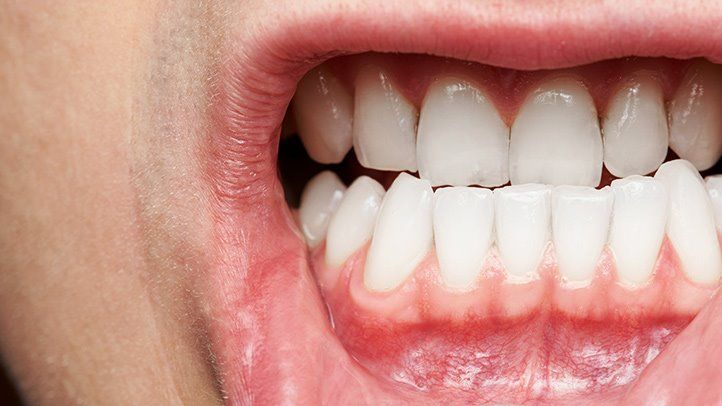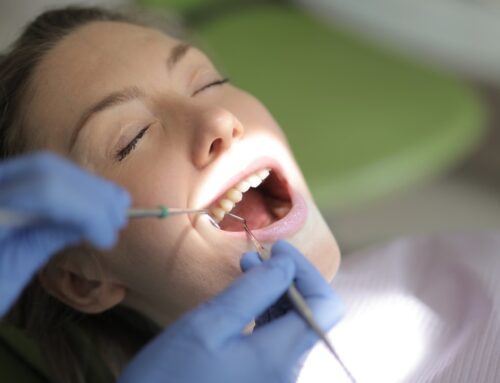Gum Disease: Gum Surgery Explained
Gum surgery is often unavoidable. When gum disease has progressed to an advanced stage like periodontitis it becomes inevitable. Your dentist is likely to recommend it to prevent irreversible damage to your teeth and gums. Surgery is quintessential in eliminating bacteria and infection, and to prevent tooth loss, or regrow damaged bones, among other reasons. Here in this article, you will find some important things you need to know about gum surgery, including what to expect during the procedure.
Bone Grafting for Gum Disease
Your dentist may decide that you need bone grafting if they see that the bone surrounding your tooth’s root has been damaged. It could also be done to help an initial fracture heal properly heal which previously it couldn’t.
This is a useful procedure to help deal with diseases of the bone, like osteonecrosis or cancer. Bone grafting involves the replacement of damaged or destroyed bone with a new one. The substitute bone is taken from another section of the jaw or another body part, such as the hip bone or rib, of the patient.
Then it is transferred to the jawbone. Bone from a donor or manufactured, commercially-available bone can also be used for the surgery. Your skeleton features bone matrix for the most part and inside this tough material are living bone cells.
The cells inside the bone matrix enable healing to take place when you break a bone. In bone grafting, these are what help replacement bone get attached to the existing one.
What to expect with bone grafting
This procedure is typically performed by an orthopedic surgeon, assisted by a team of professionals. The procedure begins with the administration of anesthesia to reduce discomfort. Your heart and other vital signs will be monitored while the procedure is in progress.
Your surgeon proceeds to clean the area to be operated on and makes an incision around the bone receiving the graft. If the bone that will be grafted comes from another part of the body then the doctor will make another incision.
Then he will harvest the bone that will be used for the bone grafting procedure. The second bone is placed between two existing bones that naturally fuse together over time. The graft may first need to be shaped to fit the area where it will be transplanted and special screws or pins may be needed to hold it in place.
The incision is closed once the graft is securely in place and is then stitched and bandaged. Sometimes a splint becomes necessary to support the bone while the healing takes place. As you already can guess it takes several months for the transplanted bone to properly heal. And only then can you get a tooth implant.
Other Types of Gum Surgery
The procedures your dentist may recommend, depending on the extent of your gum disease, are:
Tissue grafting
Dentists usually perform this procedure to correct gum recession and to prevent extensive damage to the tooth.
They take tissue from another part, usually the roof of the mouth, and attach it to areas with receding gums.
Flap surgery
Your dentist may do this procedure to eliminate tartar deposits deep in your gums. The surgery involves separating gums from the teeth temporarily to do away with tartar buildup and then stitching the two together afterward.
Guided tissue regeneration
This procedure is done to promote regrowth of connective tissue and bone. A surgeon places a mesh-like material between your gum tissue and bone to keep the gum from impeding bone growth.
Herbal Remedy for Gum Disease
In Chinese folk medicine, there are so-called “bone-knitting herbs” that they used to treat fractures. One of these is Drynaria Fortunei, whose name in China practically means “mend broken bones.”
Research has shown that this herb can potentially assist to combat alveolar bone loss seen in advanced gum disease. Studies have shown that this herb may help rebuild bones include improving osteoblast function and blocking osteoclast function.
Osteoblasts are specialized cells that help to form new bone while osteoclasts are cells that break down old, defective bone. Issues, such as bone loss and osteoporosis, result when osteoclast activity is greater than osteoblast activity.
Drynaria may also help for gum disease due to how it promotes osteogenesis, differentiation of stem cells in the bone marrow, and to increase the number of osteoblast cells. In one of the studies highlighting the usefulness of the herb for gum disease, Chinese scientists observed a dramatic decrease in osteoclast cells in rats that received it.
Our Harrisburg NC Dentist Office
To learn more about dental treatments from Icard & Strein Family Dentistry, or to schedule an appointment, call our Harrisburg, NC dental office today at 704.455.5003.




